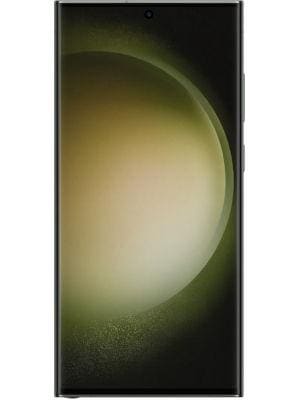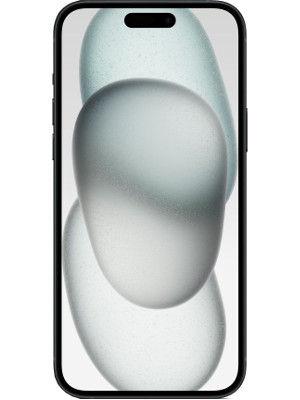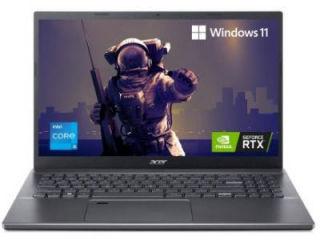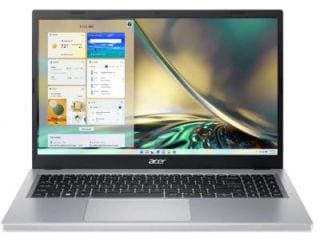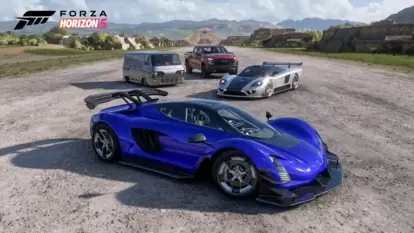When paralysed rats walked!
The researcher hopes to apply his therapy to humans by 2006.
So far, not a single person has been helped by human embryonic stem cells.
But in cramped university labs, a young neurobiologist with movie star good looks, a Carl Sagan-like fondness for the popular media and an entrepreneur's nose for profits is getting tantalisingly close.
Hans Keirstead is making paralysed rats walk again by injecting them with healthy brain cells sussed from a reddish soup of human embryonic stem cells he and his colleagues have created. Keirstead hopes to apply his therapy to humans by 2006. If his ambitious timetable keeps to schedule, Keirstead's work will be the first human embryonic stem cell treatment given to humans. 'I have been shocked, thrilled and humbled at the progress that I have made,'


Keirstead, 37, said in an interview in his University of California-Irvine office, which is dominated by a 4- by 8-foot (1.2- by 2.4-metre) collage of famous rock stars created by his artist brother. 'I just want to see one person who is bettered by something that I created.'
Keirstead has been turning stem cells into specialized cells that help the brain's signals traverse the spinal cord. Those new cells have repaired damaged rat spines several weeks after they were injured.
For the last two years, he has shown dramatic video footage of healed rats walking to scientific gatherings and during campaign events to promote California's $3 billion (euro2.3 billion) bond measure to fund stem cell work, which passed in November. Keirstead and his colleagues are continuing to experiment with rats to ensure the injected cells do what they're supposed to without any side effects.
'You don't want toenails growing in the brain,' he said. Meanwhile, Keirstead and his corporate sponsor — Menlo Park-based Geron Corp. — are designing the initial human experiments, which will test for safety and involve just a handful of volunteers. The volunteers likely will be patients who have been recently injured. Keirstead's work was at first met by derision and disbelief at the Society of Neuroscience's annual meeting in 2002. 'We upset a lot of people,' said Dr Gabriel Nistor, who was the first researcher to join Keirstead's lab five years ago. 'No one believed us at first.' Keirstead and Nistor were stars at the same gathering in October, and their research will be published next month in a scientific journal.
Keirstead is as close as anyone in the stem cell research world could be to celebrity, and that can be dangerous in a profession noted as much for its petty jealousies of individual fame as it is for scientific breakthroughs. (Sagan, the noted astronomer who for years hosted the PBS series 'Cosmos,' was denied membership in the prestigious National Academy of Sciences, a slight that his supporters insist was based on his mass appeal).
Catch all the Latest Tech News, Mobile News, Laptop News, Gaming news, Wearables News , How To News, also keep up with us on Whatsapp channel,Twitter, Facebook, Google News, and Instagram. For our latest videos, subscribe to our YouTube channel.

